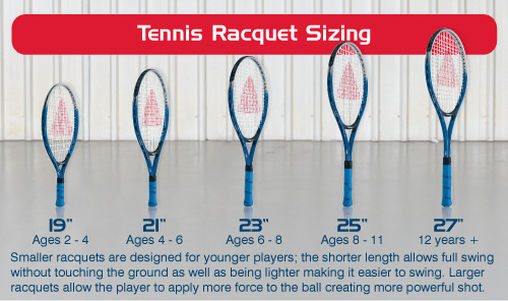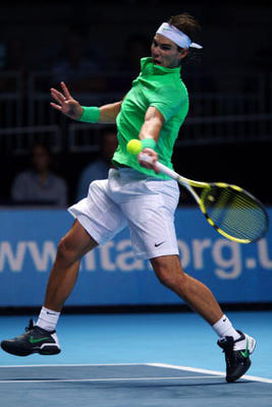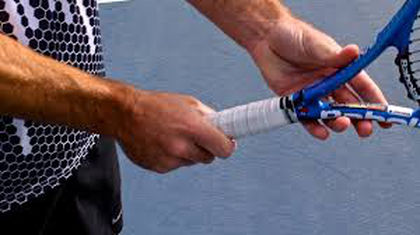
Have you been focusing on perfect tennis technique for too long?
February 29, 2016 | Liam Collins

How many times have you received the classic ball feed in your coaching session? Sits nicely for you to get your rhythm and makes you feel confident that you’re able to execute a great structured model stroke on every forehand and backhand.
Now ask yourself how often you receive that nice bouncing coaching ball when hitting with anyone else and your answer will probably be never.
This is because the neutral coaching ball is really only to help you understand how to execute the model stroke. Once you can do this confidently you must change your focus ASAP to Stroke Flexibility meaning adapting the stroke path to the type of ball you receive and what situation on the court.
The sooner you start understanding what the ball is doing more than worrying about the perfect form you will be so much more effective on the court than ever before because that’s the essence of playing tennis.
So when someone says that person has great technique what they’re really referring to is great technique for that particular ball situation. That means their total focus has been on reading the five ball factors - direction, depth, height, speed and spin thus adapting the elements of a model stroke to suit a particular ball situation.
Stroke flexibility is highlighted well in my favourite tennis coaching book – ‘Developing High Performance Tennis players’ by Edgar Giffenig.
One particular section outlines the five essential groundstroke variations needed to play at a higher level - Shoulder level shot, Off the bounce shot, Dipping shot, Neutral shot and Lifting shot.
To further highlight this critical aspect of mastering the game, there is a great article written here – ‘The Myth of Correct Tennis Technique’ which describes how so many coaches and regular players confuse form and technique as the same.
Whilst form is the model stroke and technique is variable as it’s never perfect, always adapting to the various balls you receive.
Most players apart from beginners usually blame errors on bad technique when they’re actually referring to bad form. Another interesting point from the article is that you will find yourself tighter when you’re focusing on perfect form to try to match every ball you receive as opposed to adapting to the type of ball which also means the less effort it will take.
So next time you’re with your coach make sure he feeds you more random balls unless you’re a total beginner and start learning to understand what the ball is doing so you can adapt easier to handle a particular ball situation.
See you on the court.





